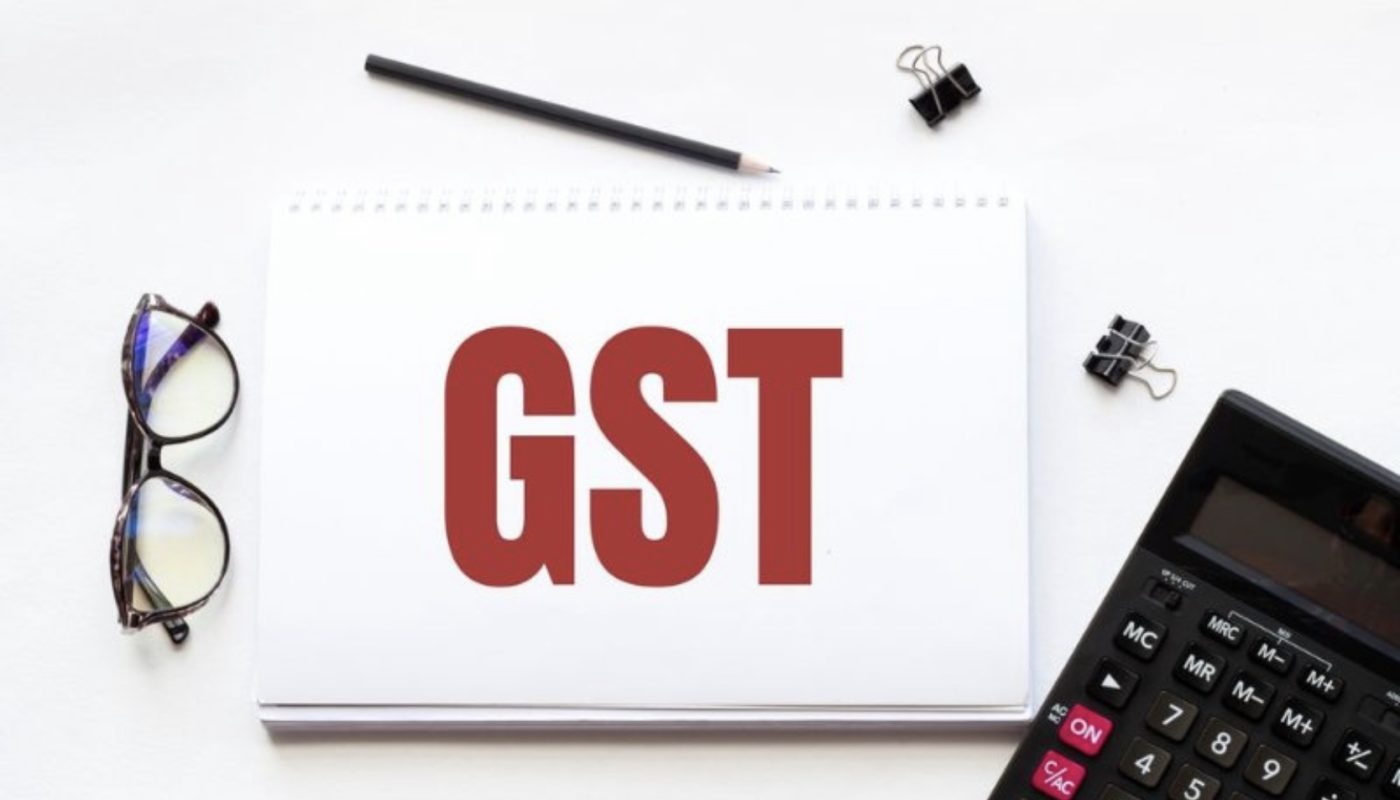GST stands for Goods and Services Tax, a significant tax reform made in the Indian tax system on July 1, 2017. With the primary objective to rationalise the Indian taxation system of indirect taxes, it removed all other indirect taxes on products and services, including VAT, sales tax, excise duty, etc. Implemented at every stage of goods production, all the parties receive a GST refund except the end customer. Therefore, they must file GST returns and pay the applicable taxes to claim the refund. The GST calculation formula can help identify the refund amount a business owner is entitled to receive.
In the following sections, let’s know the intricacies of understanding and implementing GST. We will discuss everything about GST, how to calculate it, what a GST calculator is, how to get a Business Loan, Business Loan eligibility, and how it can benefit the parties involved.
What is GST?
GST is an indirect tax that the Indian taxation system imposes on the supply of goods and services. It is a multi-stage, comprehensive, destination-based tax payable on each value addition. Coming into effect in 2017, it replaced most indirect taxes applicable in the nation, including VAT, excise duty, sales tax, etc.
When calculating the GST, one must know that the system divides goods and services into five categories, each with its distinct GST rates. The applicable GST can be 0, 5, 12, 18, or 28%. However, some products, like alcoholic drinks, petroleum products, electricity, etc., are not taxable under GST. These products have a separate taxation system according to their state government rules based on previous tax rules. Some well-known benefits of GST include the following:
- Creates an international standard of taxation
- Creates transparency in the taxation system
- Brings down the production-related expenses for companies
- Reduces tax liabilities
- Prevents double taxation on commercial goods
GST Rates Applicable on Different Products and Services
Under the GST tax structure, different products and services have different GST rates taxpayers must pay. Understanding them is necessary to enter the right GST rate in the GST calculation formula. Here are a few categories and their GST rates for example:
|
Applicable GST Rate |
Types of Products or Services |
|
0% |
Milk, eggs, education services, health services, unpacked food grains, fresh vegetables, children’s drawing and colouring books, etc. |
|
5% |
Tea, sugar, edible oils, PDS kerosene, domestic LPG, milk food for babies, Indian sweets, life-saving drugs, coal, etc. |
|
12% |
Butter, computers, processed foods, fruit juices, mobile phones, bicycles, almonds, etc. |
|
18% |
Personal Loans, Home Loans, electrical appliances, electronic toys, beauty and makeup products, cakes, biscuits, hair oils, soap, ice creams, toiletries, printers, industrial intermediaries, etc. |
|
28% |
Small cars, high-end bikes, online games, AC, fridges, cigarettes, aerated drinks, luxury items, etc. |
Different Tax Heads Under GST
GST has four different heads as follows:
Steps to Calculate GST Percentage
A taxpayer must use the following GST calculation formula to calculate GST. It helps calculate the product’s net price after applying GST and removing it as well. There are two instances when a taxpayer needs to calculate GST. First, when they must add GST on the product’s price to calculate its net price; second, when they must remove GST from the product’s net price. The formulae are as follows:
GST Amount = (Original Cost x GST %) /100
Net Price = Original Cost + GST Amount
GST Amount = Original Cost – [Original Cost x {100/(100+GST%)}]
Net price = Original Cost – GST Amount
For example, if a product’s price is Rs. 2,000 and the applicable GST rate is 12%, we may calculate its net price by adding 12% to 2000. Since 12% of 2000 is 240, the product’s net price will be Rs. 2,240. Similarly, when removing GST from the product’s price, one may remove Rs. 240 from Rs. 2,240 to get its original price without GST.
Using an Online GST Calculator
An online GST calculator is a better, easier, and faster way of calculating GST. It is a user-friendly online tool that enables total GST calculation quickly. One must enter the following details to use an online GST calculator:
Based on the values entered, the calculator will display the following results:
The user does not need any GST calculation formula when calculating the tax online. The online calculator will apply the formula automatically to give accurate results.
Benefits of Using an Online GST Calculator
Knowing how to calculate GST reduces the chances of fraud and mistakes. However, regularly calculating it is time-consuming, error-prone, and requires much work. That is when an online GST calculator proves to be an easier and quicker way to do the calculations. Here are a few benefits of the same:
Calculating the GST helps taxpayers in the following ways:


